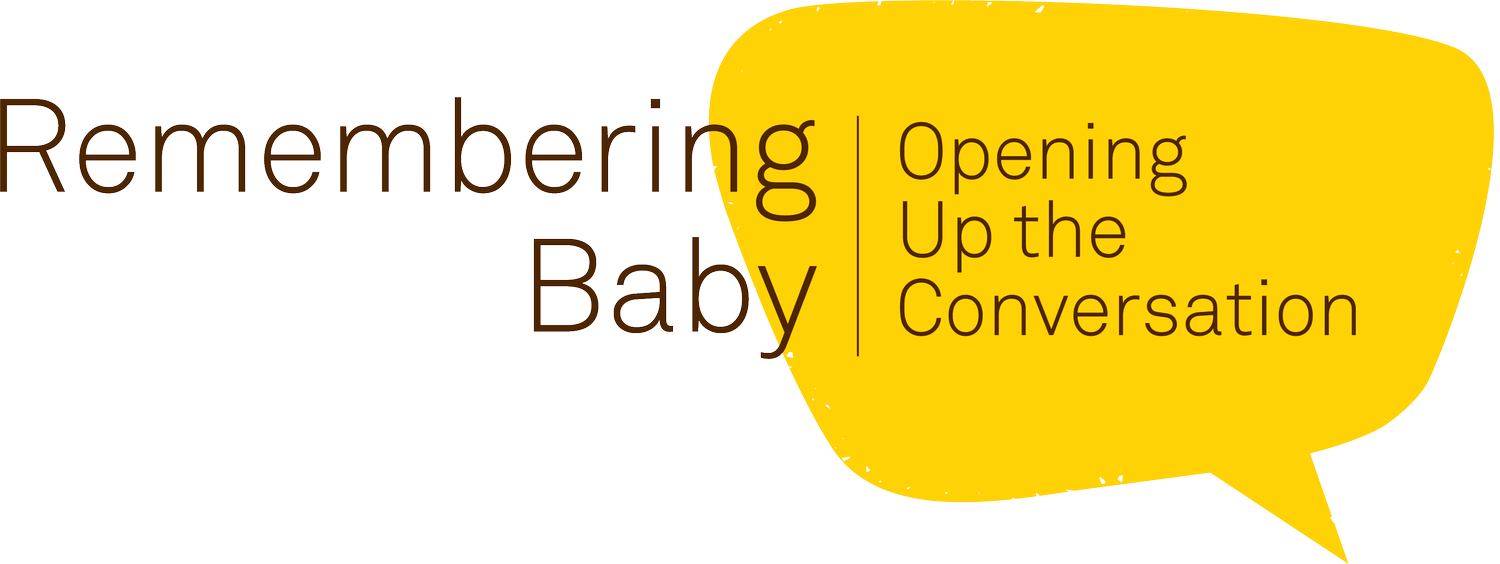The exhibition
Remembering Baby: Life, Loss and Post-mortem. An exhibition exploring professional and parental encounters with death at the very beginning of life. See, hear and sense how care is enacted through contemporary mortuary work and memorialisation practices.
The exhibits
A free, public exhibition inspired by the End of or Start of Life? research project - a study that explores professional and parental encounters with death at the very start of life.
Exhibit: Handle With Care
This is a physical arrangement of boxes containing objects that can be handled in order to engage with hospital practices and experiences. On opening each box, the viewer encounters an object with a written description. The 37 memory boxes displayed contain artefacts that reflect observations from the research fieldwork and interview narratives – items that represent baby loss / post-mortem.
Exhibit: Sum of Parts
The collective power of smaller pieces to make a whole: Experiences, Spaces, People, Objects, Physicality. This is the bigger picture of a medical landscape through hospital photographs and MRI scans presented in a large mosaic. Hidden/suggested within is a picture of a baby.
The exhibition seeks to make these experiences more visible and features a collection of work that challenges taboos surrounding early life-loss – especially in relation to post-mortem. These exhibits include visual images, physical objects and sound installations, each sensitively exploring what happens when a baby dies – from both parental and professional perspectives.
Exhibit: Lasting Impressions
The loss of a baby is something that remains hidden from public view. Using physical memory objects to start conversations about baby loss the original Lasting Impressions workshop offered parents an opportunity to share something which may literally have been shut away in a box for years. As part of the original workshop participants were able to create a small legacy for their child by creating a paper impression of their physical memory object. Family members used a range of items - from a baby’s matinee jacket to a single feather - to create pieces of art. The artwork created from these workshops forms this Lasting Impressions exhibit.
As part of the first exhibitions, we hosted a programme of free workshops. About the workshops and how the public contributed artwork to the exhibition.
Exhibit: Matter of Fact
Matter of Fact is a short film that explores the working lives of four practitioners. These individuals each have different job roles but for all of them, their work involves participation in some aspect of the post-mortem process. They are all responsible for providing support to families when a baby dies and they help to care for babies after death.
Exhibit: Life Echoed
Building on his previous Life Echo work, Justin Wiggan produced two new sound pieces for the Remembering Baby exhibition. He worked closely with participants who have experienced early-life loss, using adapted versions of his Life Echo Memory Atlas to create sound pieces inspired by their experiences and memories. These new pieces represent phonic memory triggers of hope, loss, love and legacy.
Justin has developed his Life Echo approach to capture and translate a myriad of complex and challenging memories (actual and imagined) into sound. He worked collaboratively with participants to produce two powerful recordings that reflect these lives that never became but nonetheless ‘live on’ and ‘become‘ in other ways through family practices, continuing bonds, felt absence and memorialisation.
At the heart of the exhibition is an acknowledgement that the death of a baby involves a simultaneous emergence and loss of personhood, which signifies both the beginning and end of life. This narrative runs throughout the exhibition and visitors are invited to identify this in the exhibits and to reflect on these themes.
The exhibition book
Download the exhibition book that offers further insight into the research and each individual exhibit.
Press & Interviews
BBC news
'Sheffield exhibition aims to break baby loss taboo'
Sheffield Live
'Exhibition challenges infant loss taboo'
Sands|stillbirth and neonatal death charity
'"Art as a vehicle" - talking to the artists behind the Remembering Baby exhibition'
Want to get involved?
The original exhibition was designed to be moved around from venue to venue. Since first exhibiting at Protein gallery in 2017, we’ve had requests - from around the world - from organisations who want to host the exhibition in order to continue the conversation of early life loss. If you are interested in using our materials to host your own exhibition please get in touch.












